To Dive or Not To Dive
Before going diving the very first time, we assumed it was a sport we would do only every once in a while. As soon as we went into the water and saw all the beauty down below it suddenly clicked. We are absolutely confident we are hooked on Scuba Diving. Now we are trying to figure out how to dive in every country we visit!
Rainy Season In The Philippines
Before heading to the Philippines we were told that due to it being the rainy season many people were rerouting their trips away from it. This made us a little worried since one of the goals of our trip was to chase summer wherever we go. We already had our tickets though so it was either scramble and waste a bunch of money or deal with the hand we were dealt.
Our first day in Cebu seemed to confirm our worst fears. We arrived in the afternoon and it was overcast and rainy. Our Grab app wasn’t working, the taxi’s were all full, and it was hours between our arrival and when we first got to our hotel. Going to sleep we wondered if we were better off just leaving now.
The next morning we woke up, opened the curtains, and saw the sun! Immediately our mood changed. We felt energized and excited for the possibilities. It’s interesting how the weather impacts your mood. Asking the locals we discovered that the rainy season here means more or less the same as everywhere else in SE Asia. The majority of the day is sunny, and in the afternoon you are hit with a few massive downpours.
Moalboal, Cebu
After experiencing diving in Vietnam we knew exactly what we wanted to do in the Philippines. Go diving! Our first stop was a little town called Moalboal (three hours away from Cebu). Most people stay on Panagsama Beach since that’s where a lot of the hotels/hostels, food and dive centers are located. To enjoy the beach and swimming White Beach is just 15 minutes away.
We stayed a few minutes down the road from Panagsama Beach at Mangoes Place. It was a perfect place for us because it was spacious, had a private bathroom, AC, and even a small kitchette outside. We were able to save some money by cooking our own breakfast every morning.
The thing Moalboal is primarily known for is diving. You can see a sardine run, turtles, lots of beautiful coral, and fish.
Cebu Dive Center
After doing our due diligence we decided to go with a company called Cebu Dive Centre. Spelled the British way. The owner, Cameron, was super friendly and gave us a run down of what the next few days would look like.
The shop itself is tucked away a little. Heading down the main road in Moalboal you turn right and its almost immediately on your left. Stepping through the entrance and walking down a short hallway you come upon a wide view of the sea. Off to the left is a bar at which you’ll find either Cameron or his staff who are more than willing to help you out.
As a customer you are treated like royalty, or as close as a dive shop can do that. With free coffee, tea, and water as well as decent WiFi you are invited to take advantage of your time and soak in that diving shop vibe. One really great thing about this shop is if you have taken a class with them you get free gear rental for life. Since their gear is high quality its a deal worth taking advantage of.
Advancing Our PADI Certification
When we were in Vietnam we got certified for Open Water which allowed us to go to a depth of 18 meters. Unfortunately many dives are just getting good at that depth and we definitely wanted to go deeper. We also wanted to be able to stay down longer. Looking at our options we learned we could do a combo class and get our Nitrox Certification at the same time as getting our Advance Open Water training, allowing us to go up to 30m. The class was two days and a total of 5 dives.
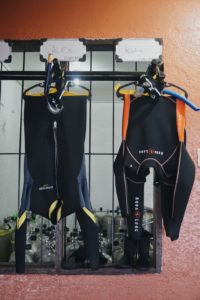
Day 1
Shore Dives
Our instructor was Adam. He had many years of experience and really took time to answer all of our questions. To begin our class we did some reading from the text book and answered questions. Once we got the head knowledge we had a chance to put it into practice.
Our first dive focused on Peak Performance Buoyancy. It was a shore dive. We fine tuned our ability to be buoyant at any depth. Mastering this skill allows you to feel more comfortable in the water, have less drag, and overall consume less oxygen. As a result, you can stay down longer. This is a big deal and should be required of every diver in our opinion.
Our next dive was a Night Dive which was incredibly different from anything we have experienced before. As the sun was going down we began heading into the water from shore. We had torches (flashlights) with us and followed a big wall full of coral and life. Shinning into the cracks of the wall we were able to illuminate all the small creatures such as nudibranchs, crabs, shrimp, and more. Towards the end of our dive, we were surrounded by hundreds of white worms of different sizes. It felt as if we were in a sci-fi film. We then read up on them and learned that they usually like to come out when there’s a full moon.
That night we had a little bit of homework in order to be ready for diving immediately the next day. This consisted mostly of Alex reading the material while Katie tried her absolute best not to fall asleep!
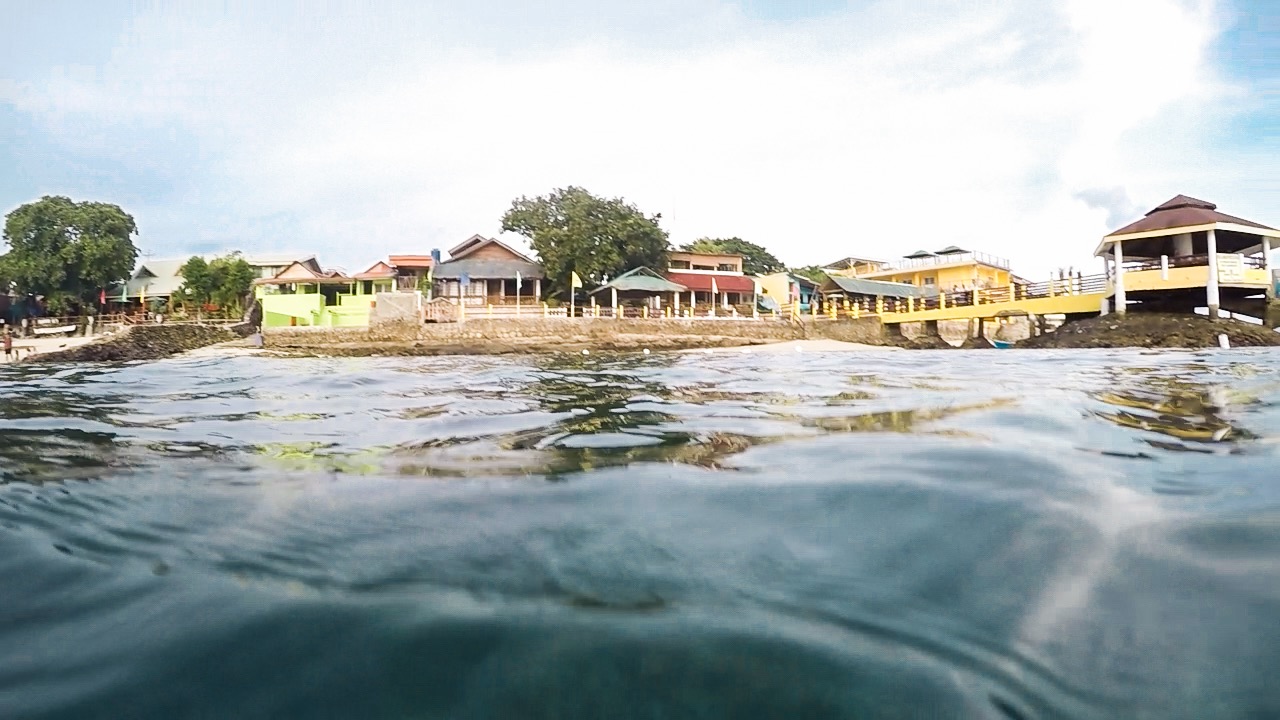
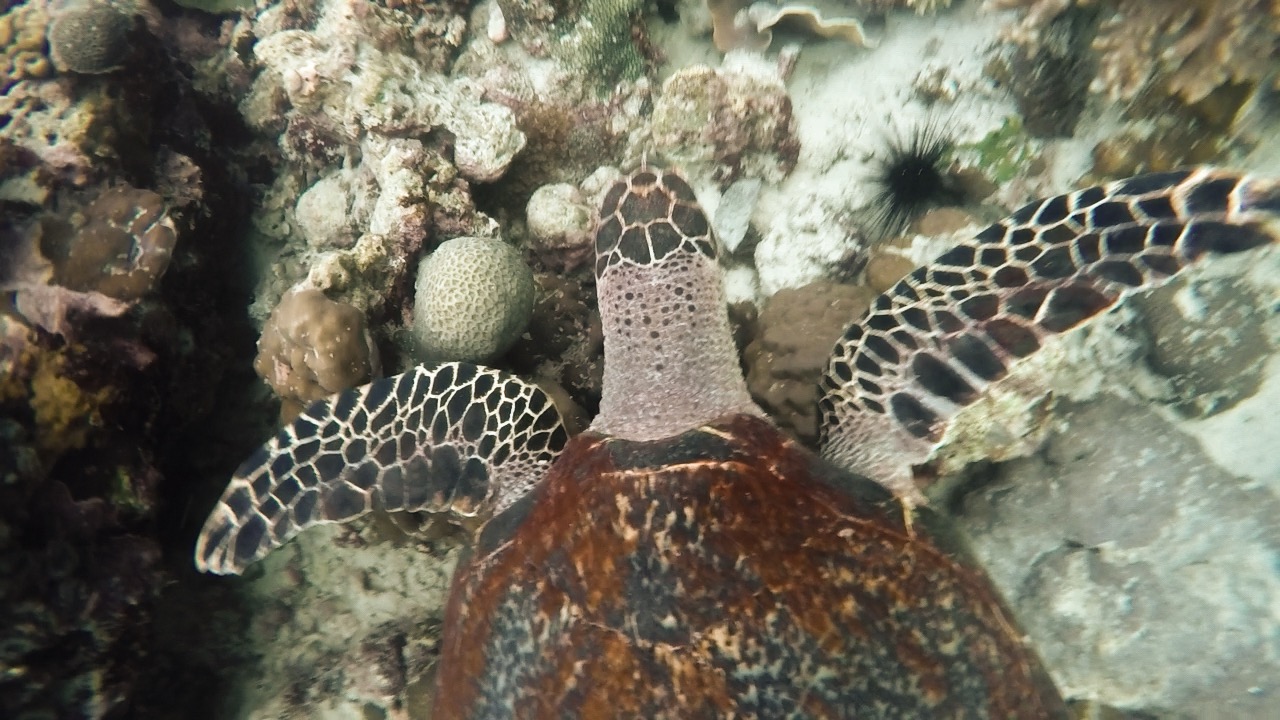
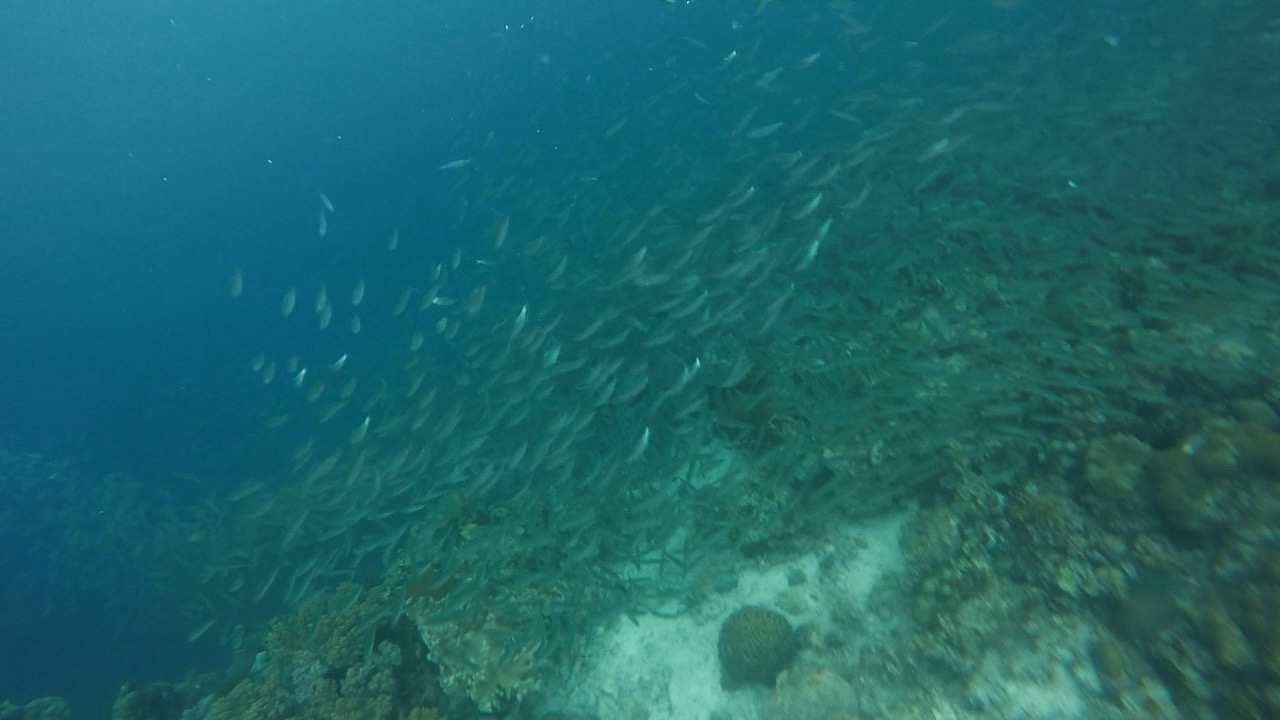
Day 2
Pescador Island
Our third dive was a Deep Dive where we went to a little over 25 meters (anything past 20 meters is qualifying for deep dive). We joined a few others heading to Pescador Island. It was one of our favorite dive sites. Because we were on a smaller boat we got in the water by doing a backwards roll. The current was strong that day and Katie had a harder time equalizing because we were going descending down faster.
The dive was beautiful! The walls were full of large coral and fish. When we reached 25 meters or so Adam, our instructor did the Narcosis test on us which showed how thinking can be slowed after spending time under water at such a depth. The Narcosis test consisted of us pointing to numbers 1-13 in order. He had them written on a slate in a different order so that it would be a little bit harder and require us to think about it.
Talisay
Our fourth dive was all about practicing our Navigation Skills. We practiced using a compass, going 20 kicks out and back, and lastly navigating in a square making 90 degree turns to come back to our starting point. The hardest part of completing the skills and navigating was trying to make sure to stay at the same depth and watch the compass at the same time.
Visaya
Finally our last dive was a Nitrox dive which was really easy since the skill is all about assessing your Nitrox tank on the surface while the dive itself is more of a fun dive. To assess our tank we had to measure and write down the oxygen level which was 32%, write our name, and the maximum depth we would be able to go to. An important thing to remember regarding a Nitrox tank is to always analyze it yourself before you use it.
After a full day of diving we completed our comprehension questions and Nitrox test and were officially certified for Nitrox and Advanced Open Water!
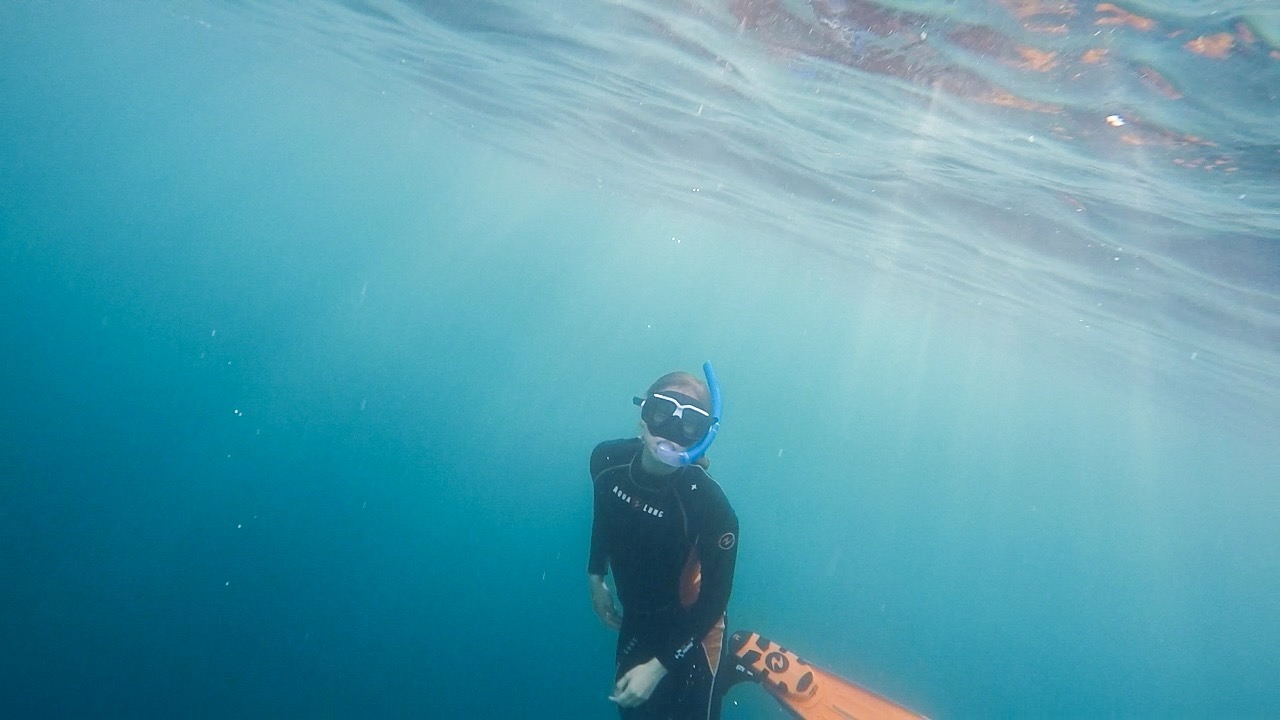
Snorkeling
We had a few hours left until sunset so we decided to go out and snorkel along the shore. Wow! You can actually see so much just by snorkeling in Moalboal. As we were swimming we experienced one of the most special moments, we saw a giant sea turtle! It was so big. It gently glided through the water right next to us. We swam along with it until it decided to go pretty deep where we weren’t able to go with our snorkels. I guess that’s why we are divers now!
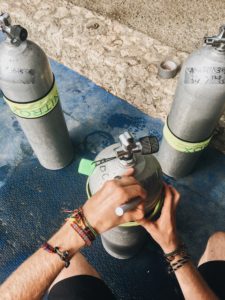 Is it worth it to do the PADI Enriched Air Diver Course?
Is it worth it to do the PADI Enriched Air Diver Course?
What is it for anyways?
Lets go back to science class in 9th grade! What is the air made up of? Oxygen right? Well I won’t make fun of you if you thought that, however, the air we breathe is only 21% Oxygen and around 79% Nitrogen (there are some other trace chemicals but we don’t need to worry about them for diving).
As a diver the relationship between Oxygen and Nitrogen is very, very important. It’s one of the main factors for how long you can dive, why you end dives with a safety stop, and why you often wait on the surface instead of just jumping back into the water as soon as you get a fresh tank.
Very condensed version is that once you go under water your body begins absorbing Nitrogen due to the pressure. If you go up too fast or you absorb too much it can form bubbles inside your body as you go up and really mess you up. Not a good thing.
If you have an Enriched Air Certification, or Nitrox Cert. as its often known as, you are able to change all the perimeters for this. Nitrox is a blend of air which has a higher concentration of Oxygen than usual. As a result your body absorbs less Nitrogen while you are diving. You can stay down longer and also have a shorter surface time.
Why we got it
The short of it is that we can stay down longer with it! In reality many dives in the Philippines can be done with only the Advanced PADI Certification since a lot of the animal life is between 12-20 meters. There’s one big dive, however, where the Nitrox Cert really comes in handy and we knew we wanted to do it.
North of Cebu is a little Island called Malapascua. The island itself is very unpretentious. There’s no cars on the island, and many of the roads are little more than dirt tracks. What it does have is amazing diving. Although there is more going on in terms of diving, what we wanted the Nitrox for was to see Thresher Sharks. With a Nitrox tank we would be able to spend a longer time at the Thresher spotting depth. As a result, we would have a much higher chance of spotting them!
What else you can do with it
Getting the certification is very straightforward. First, we read up on the process of assessing the tank. We then took a test, assessed our own tanks and went diving with them.
In general you won’t use a Nitrox tank just on every dive. Some people claim it makes them feel less tired afterwards but that not been scientifically proven. Getting a Nitrox tank is usually a little more expensive. If you’re a budget conscious traveler like us you won’t be getting one willy nilly. It does come in very handy for a range of dives.
If you are diving between 18-30 meters your dive time becomes a lot more limited. This is a great time to utilize a Nitrox tank and extend your dive time by a significant margin. In the Philippines you can actually get away with not getting one very often, however, there are certain things such as wreck dives or larger animal spotting that will often be at a greater depth.
How We Liked It
We had a really great experience with Cebu Dive Centre. Our dive instructor was really patient and did a great job walking us through the course. We learned a lot and became more comfortable with diving!
The diving in Moalboal was absolutely amazing. The water was very clear, and there is quite an abundance of marine life. We saw a large run of sardines, amazing corals, and two turtles. It was quite an experience and we were just amazed with all the beauty there was in the sea life.
If you are still not sure about diving, just do it! You won’t regret it. It’s honestly something that anyone can do.
Let us know in the comments below if you have any questions about diving or the Philippines in general. We’d love to hear your experiences and your favorite dive sites. Where should we dive next?
-Alex + Katie
Disclaimer: Cebu Dive Center gave us a discount in exchange for working with them. This means that we featured them on our Instagram, Stories, and agreed to write this post about them. None of the content was dictated by them, and all opinions, and experiences are our own. If you would like to read about our experience working with them check out our Patreon account where we write about it in our post titled Working with Cebu Dive Center!

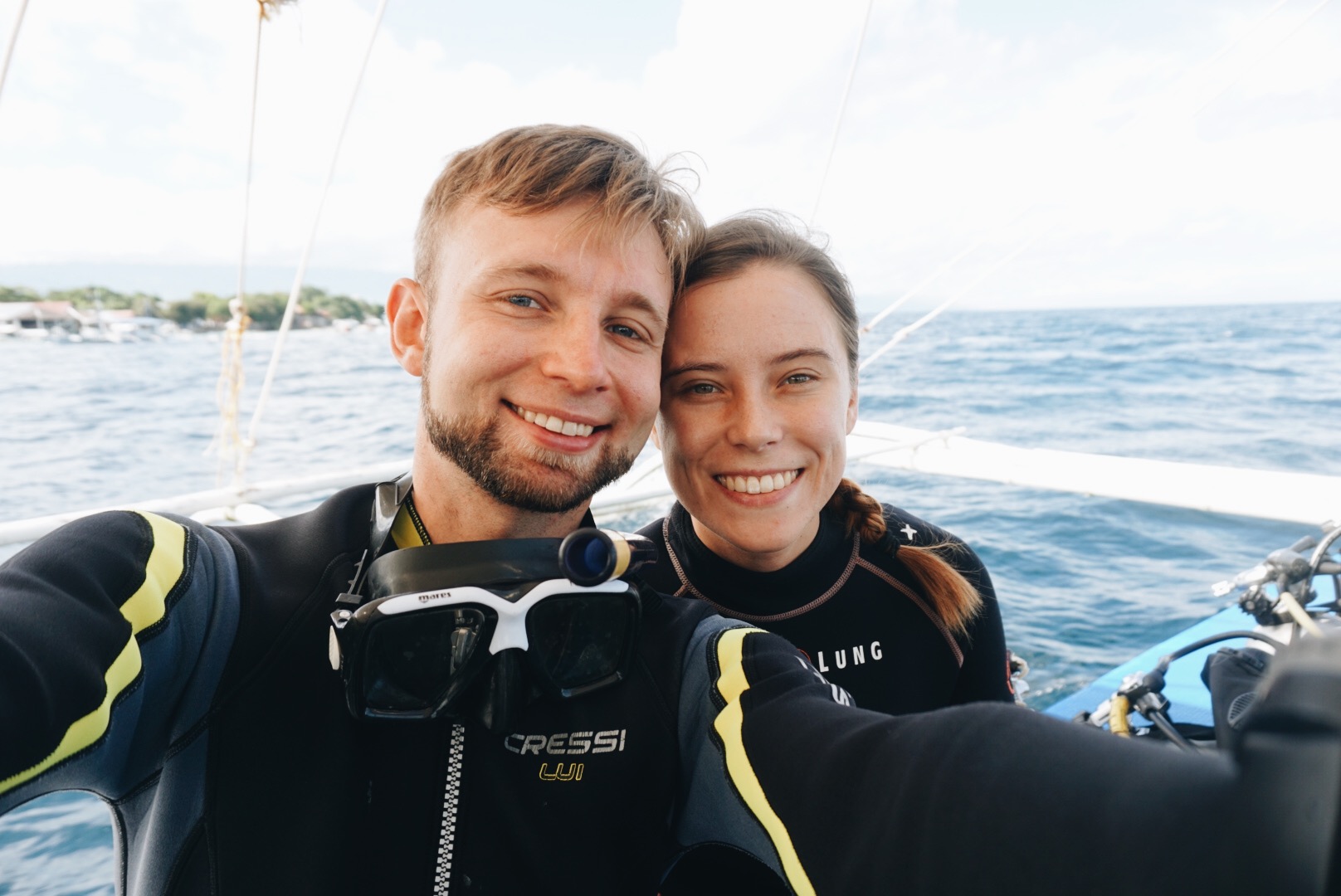
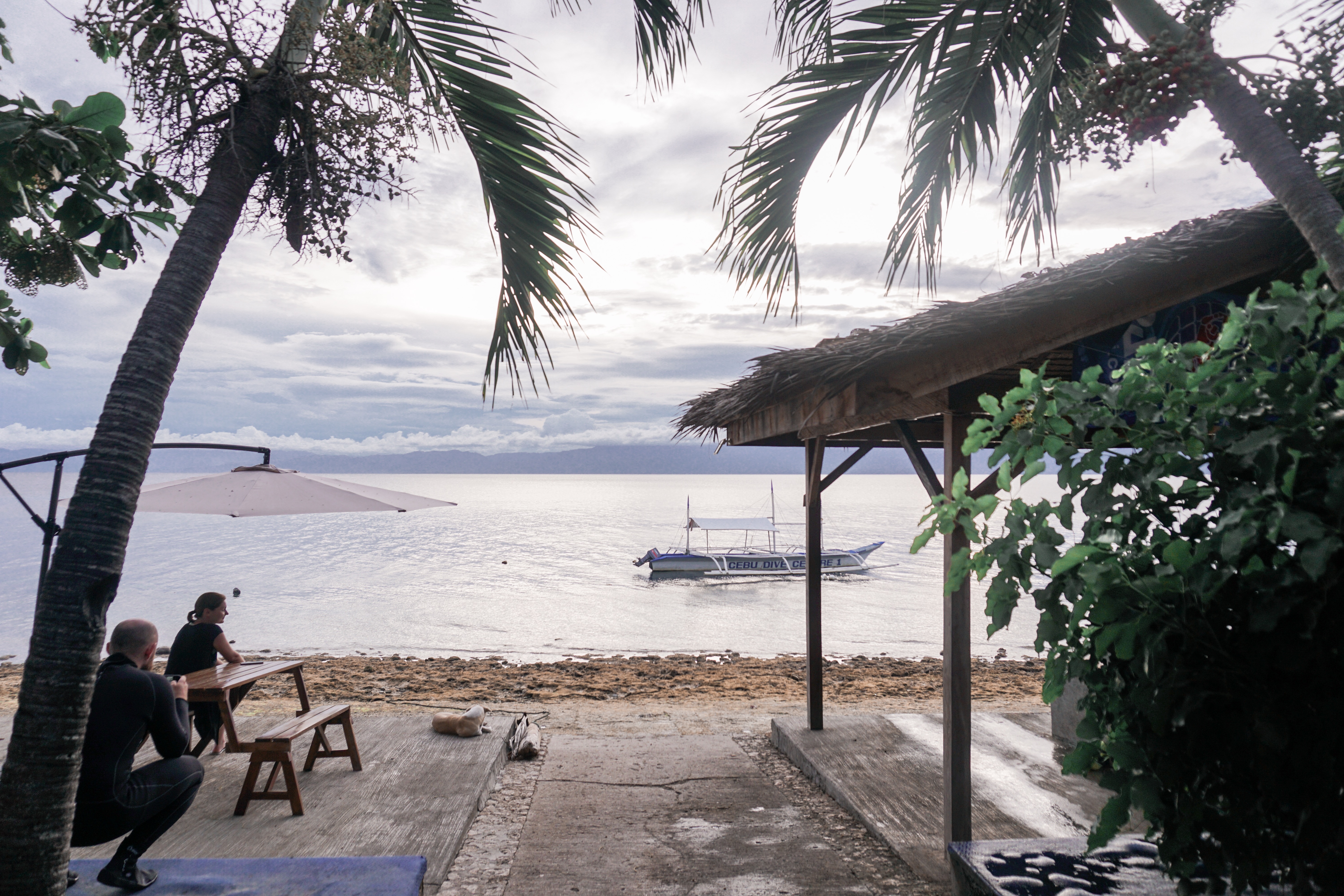
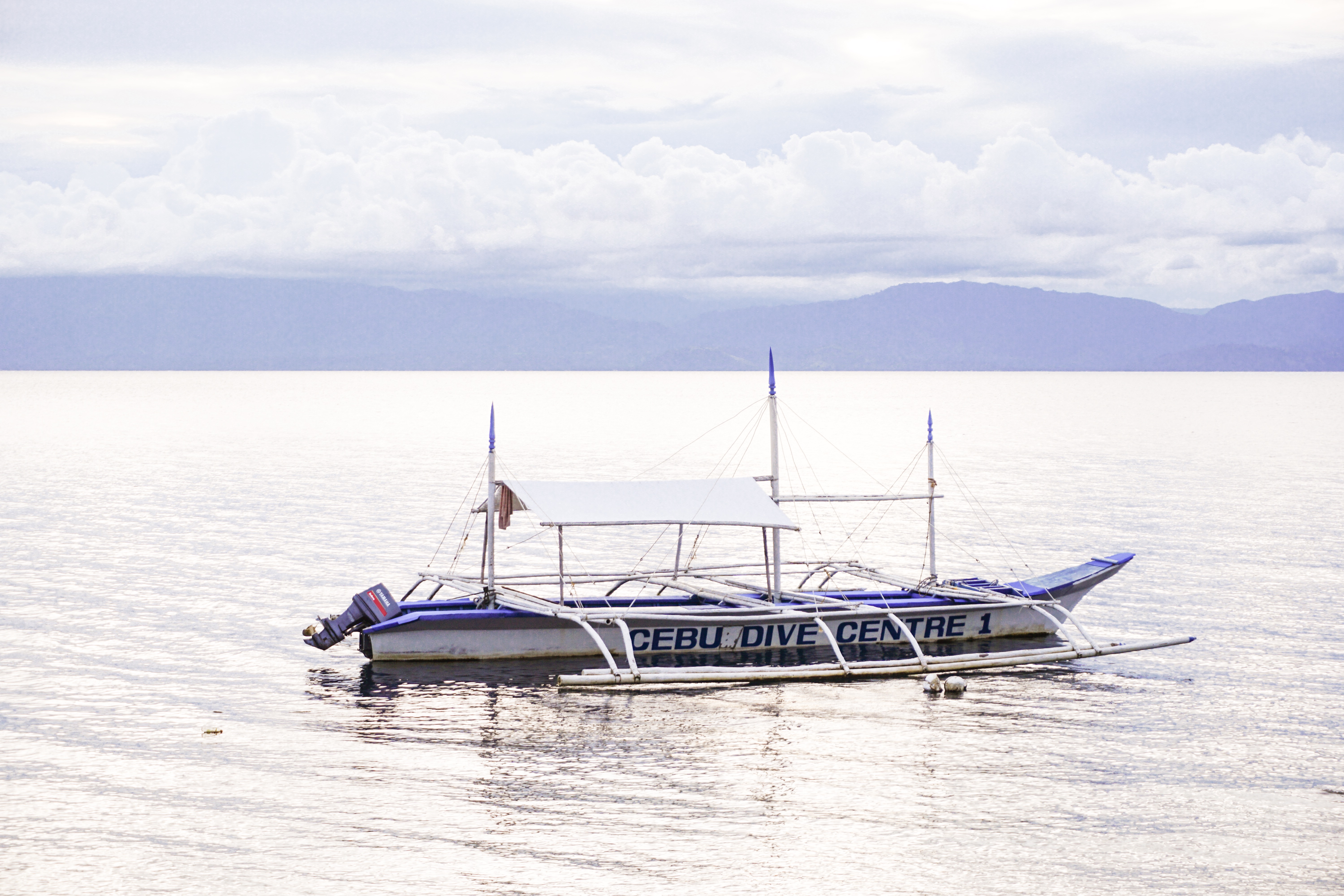
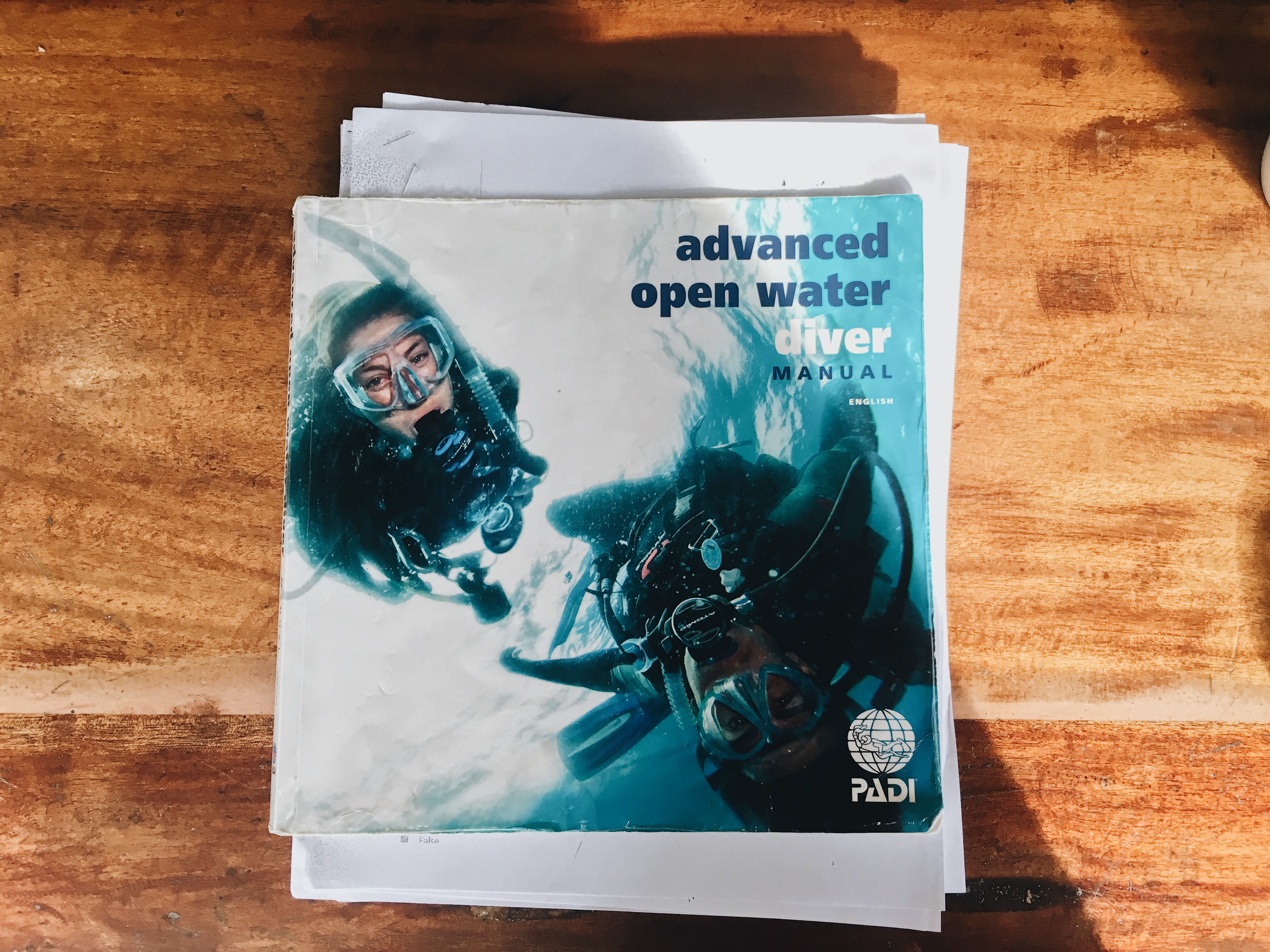
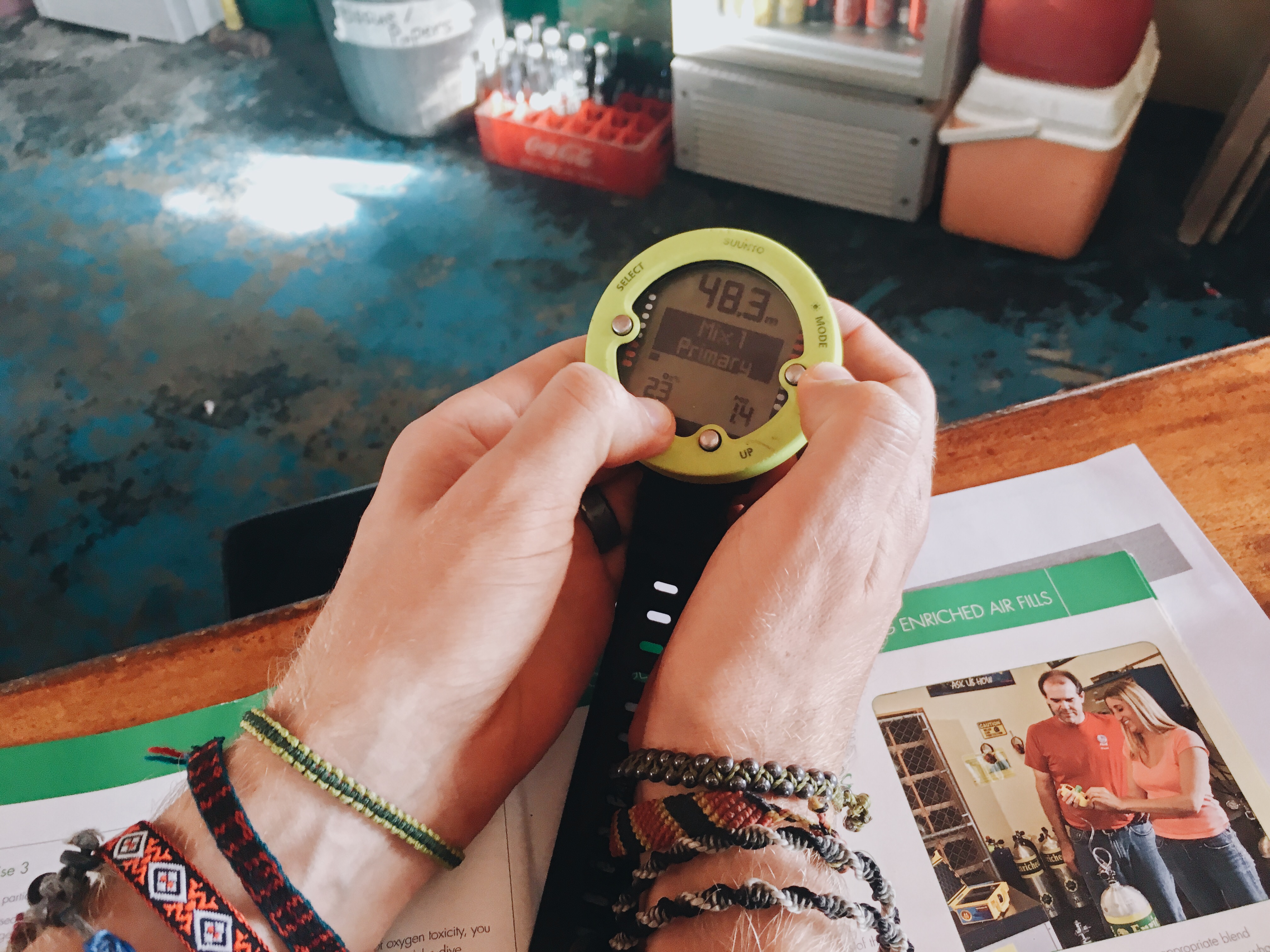
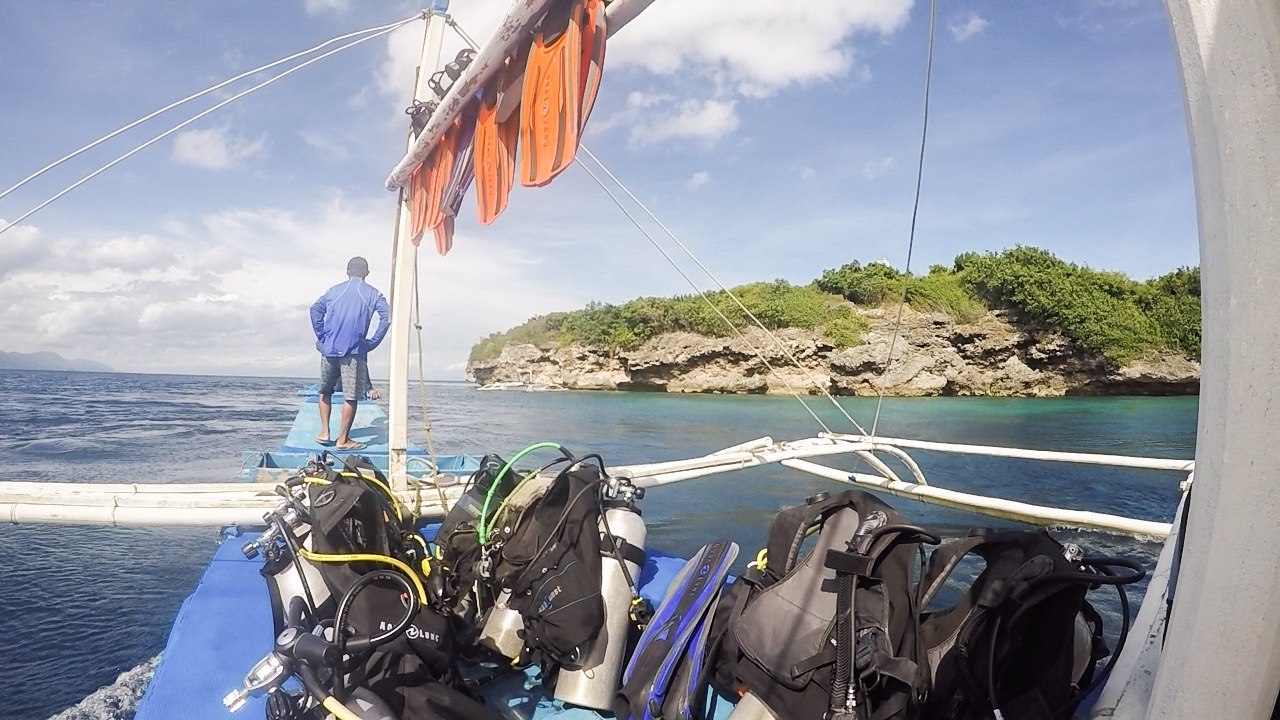
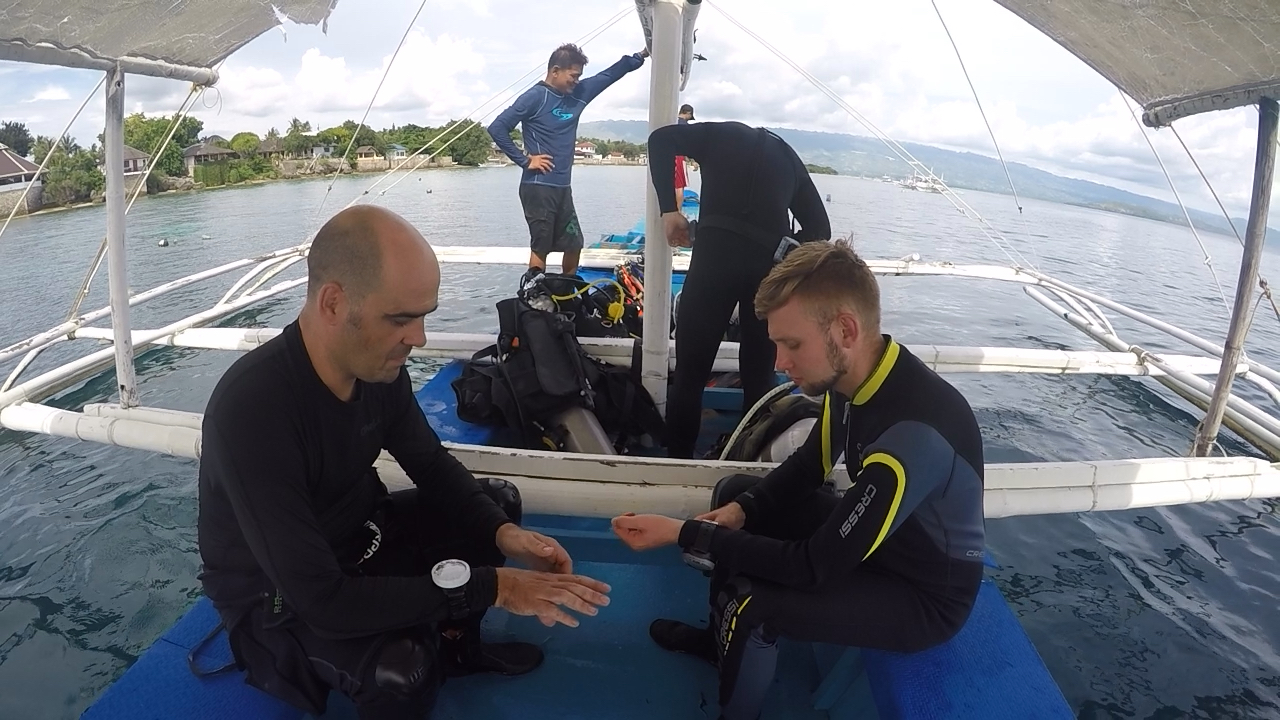
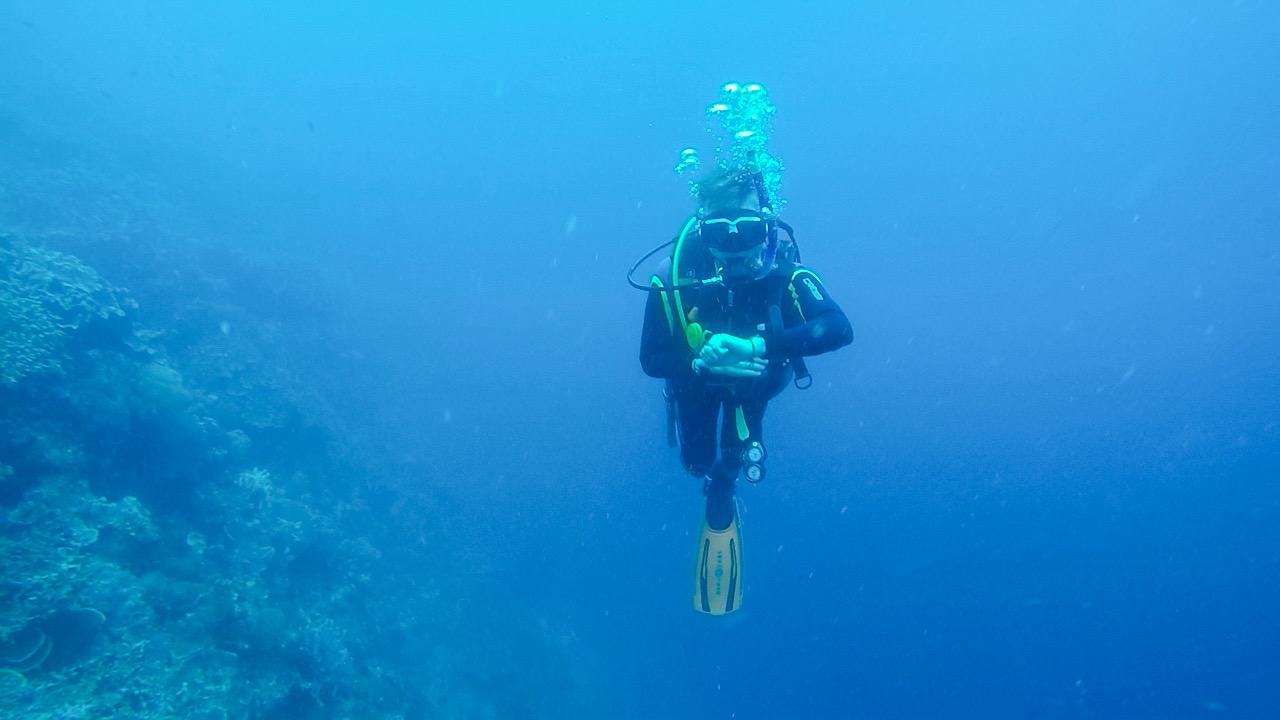
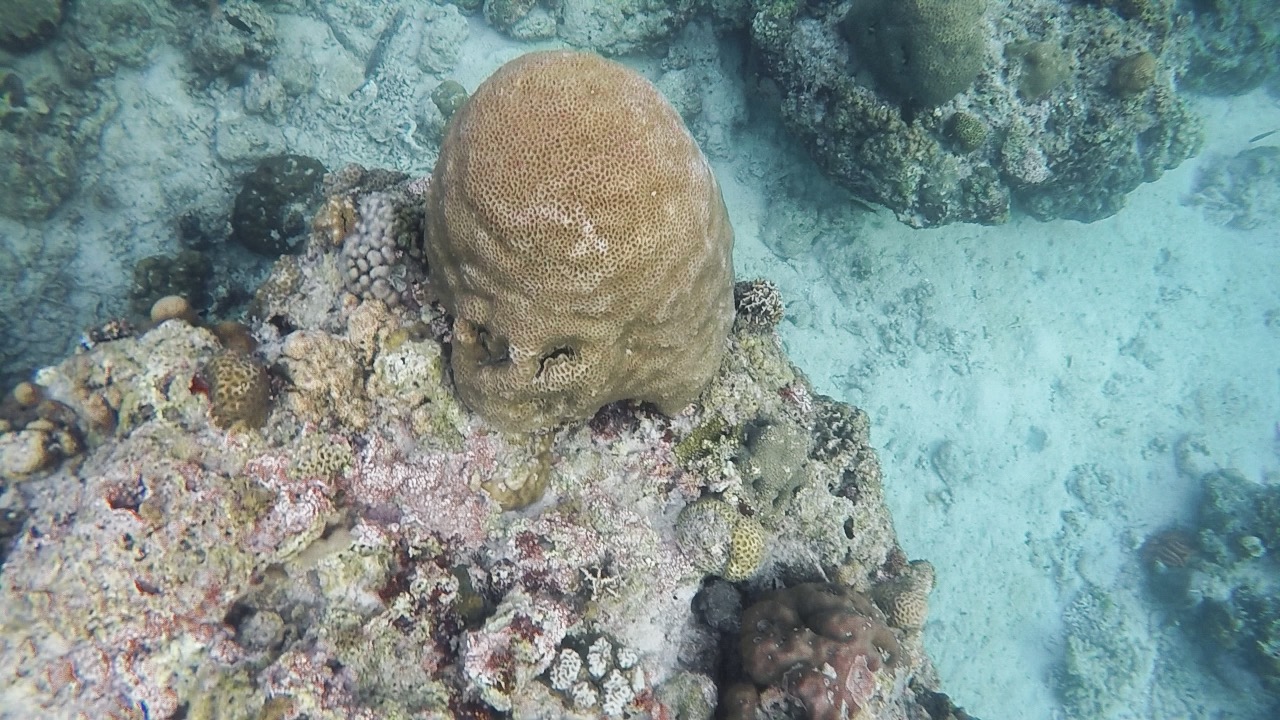
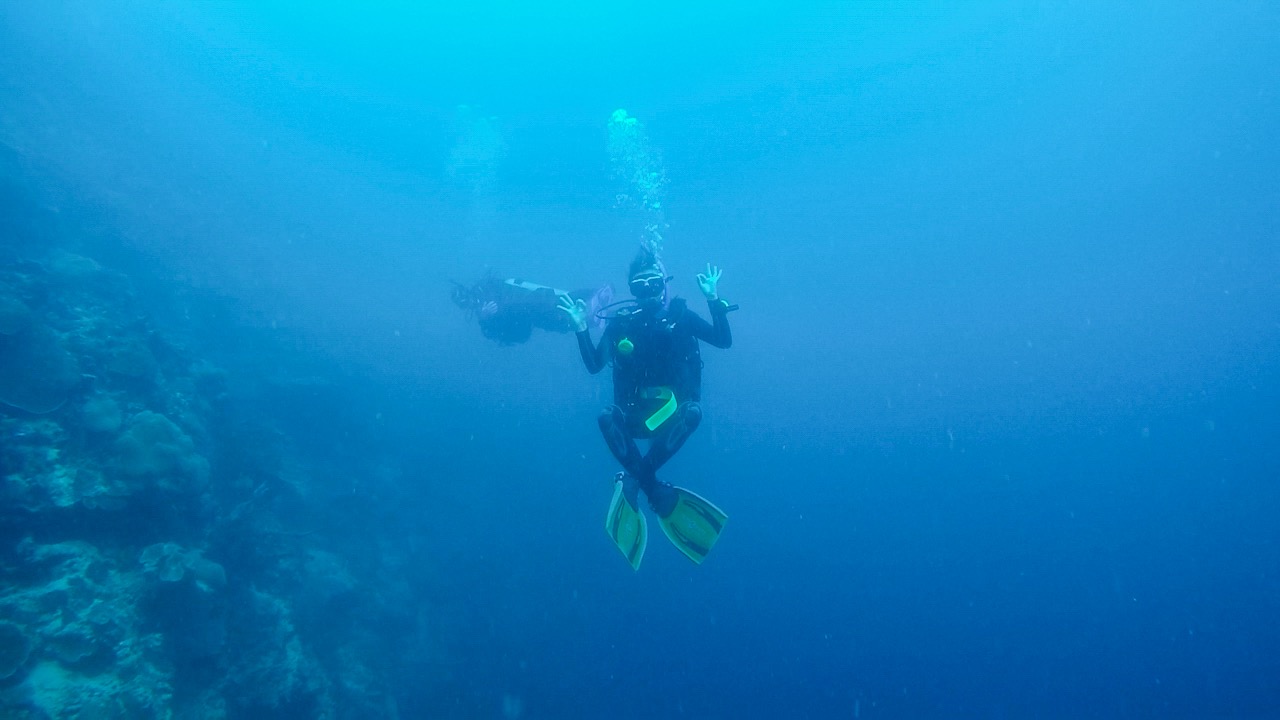
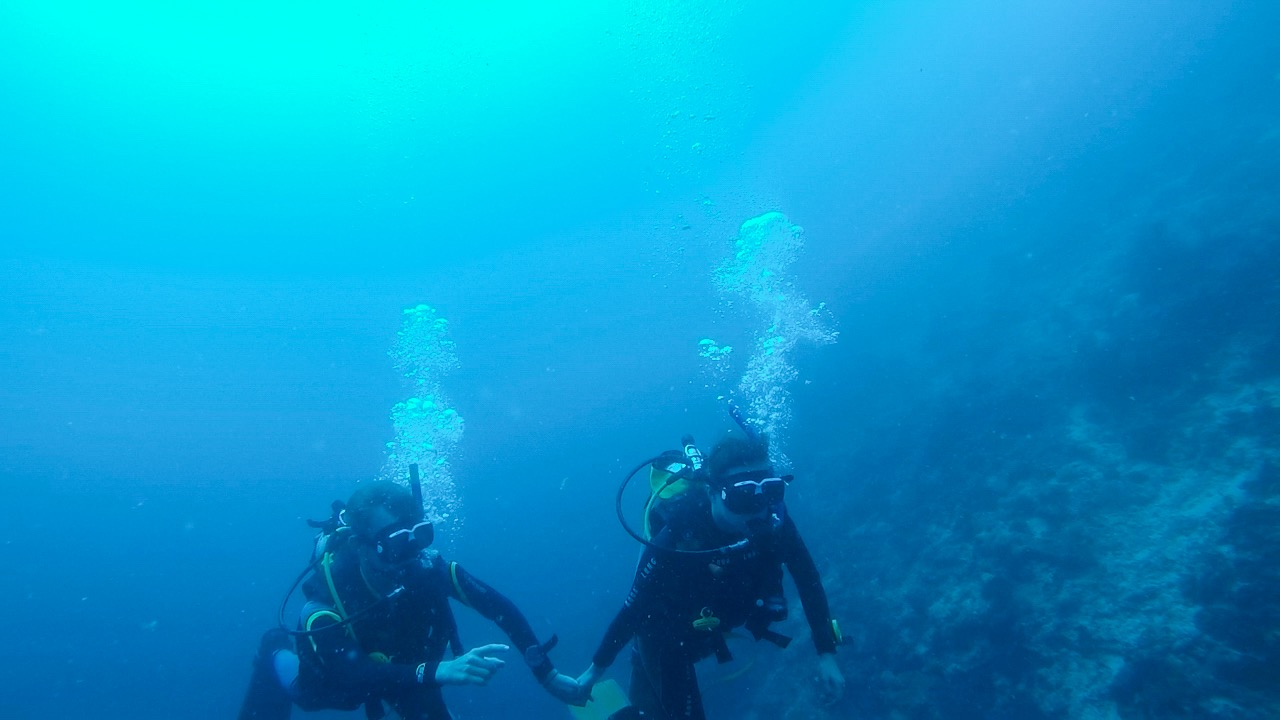
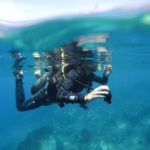

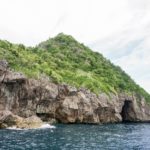

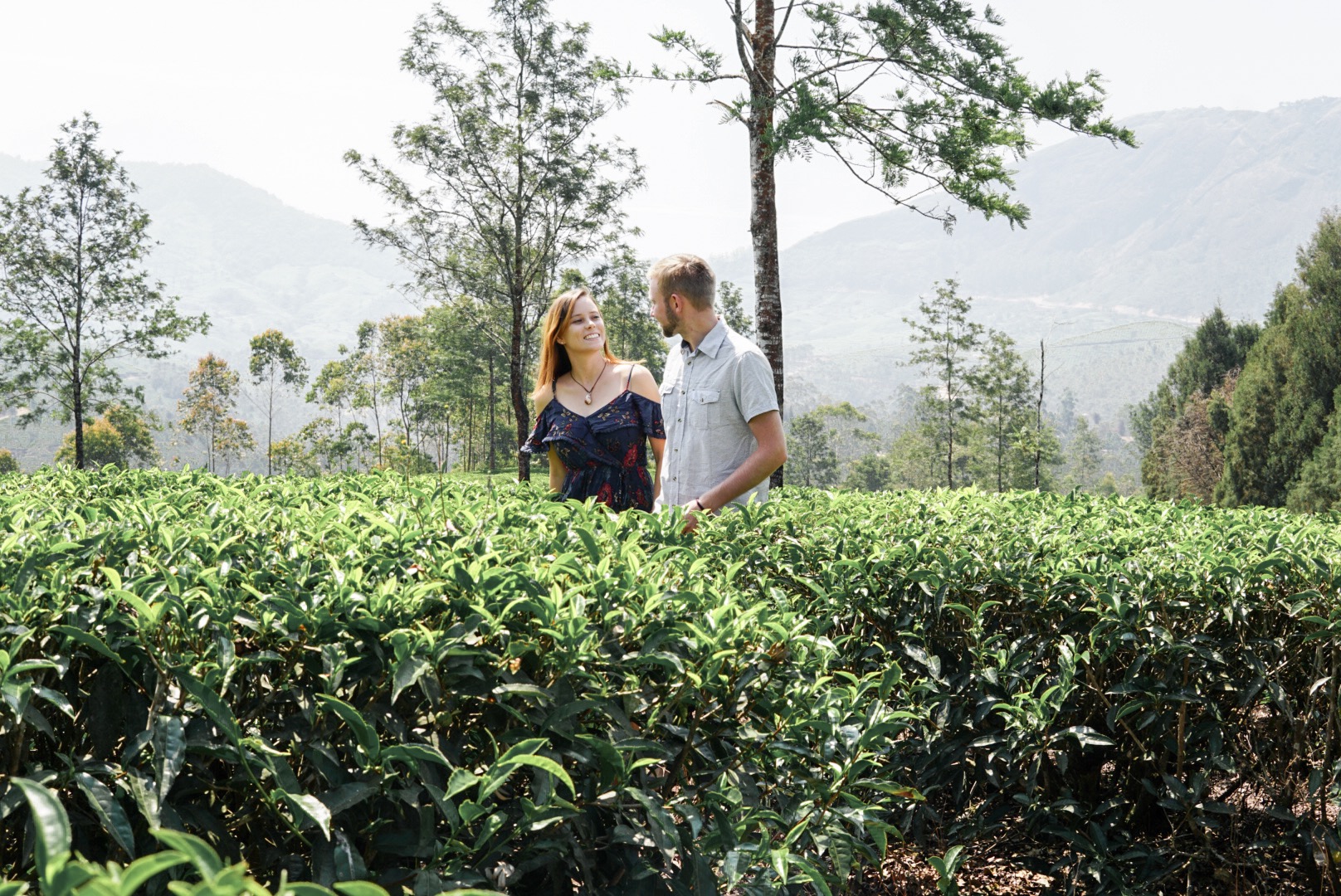
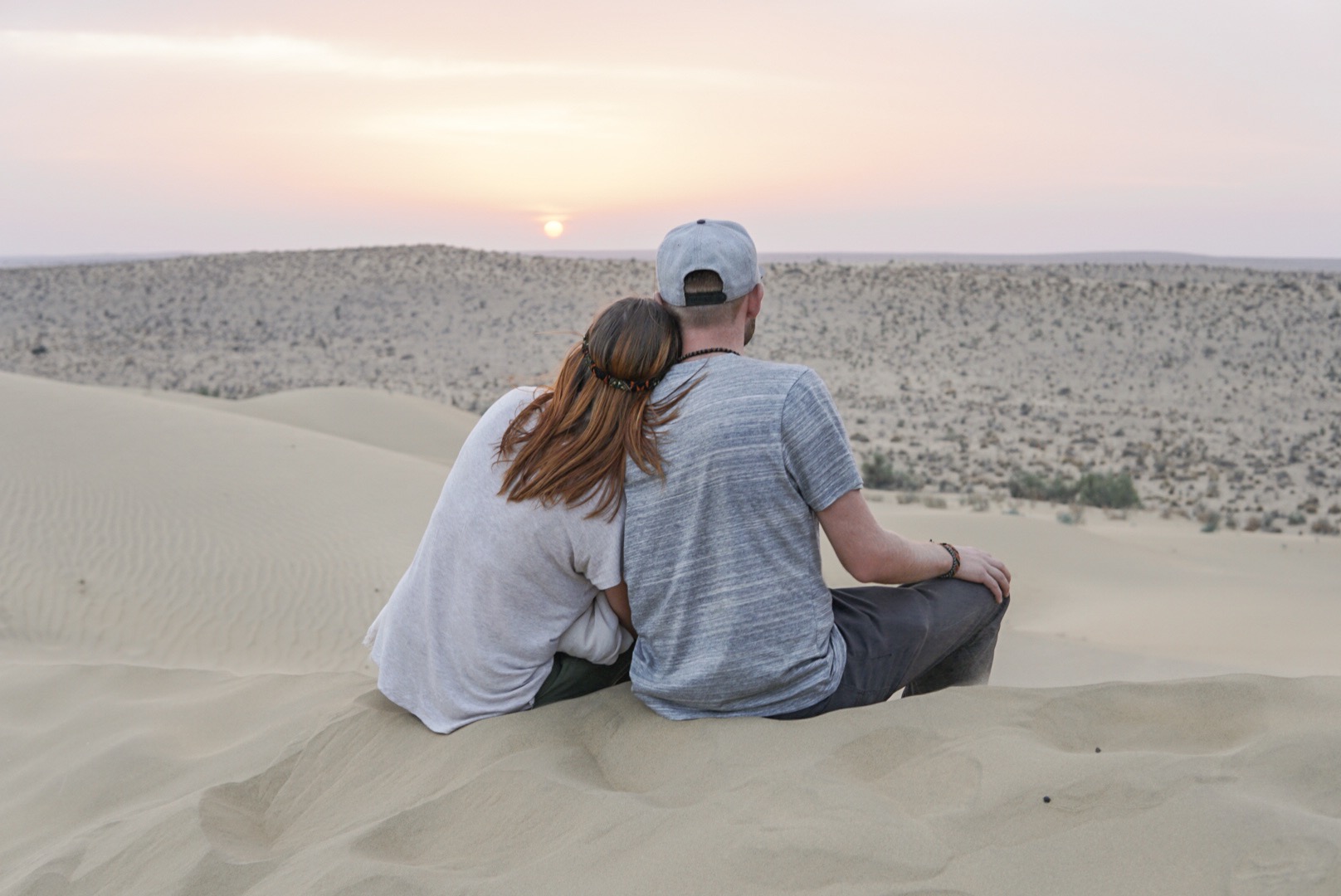
No Comments